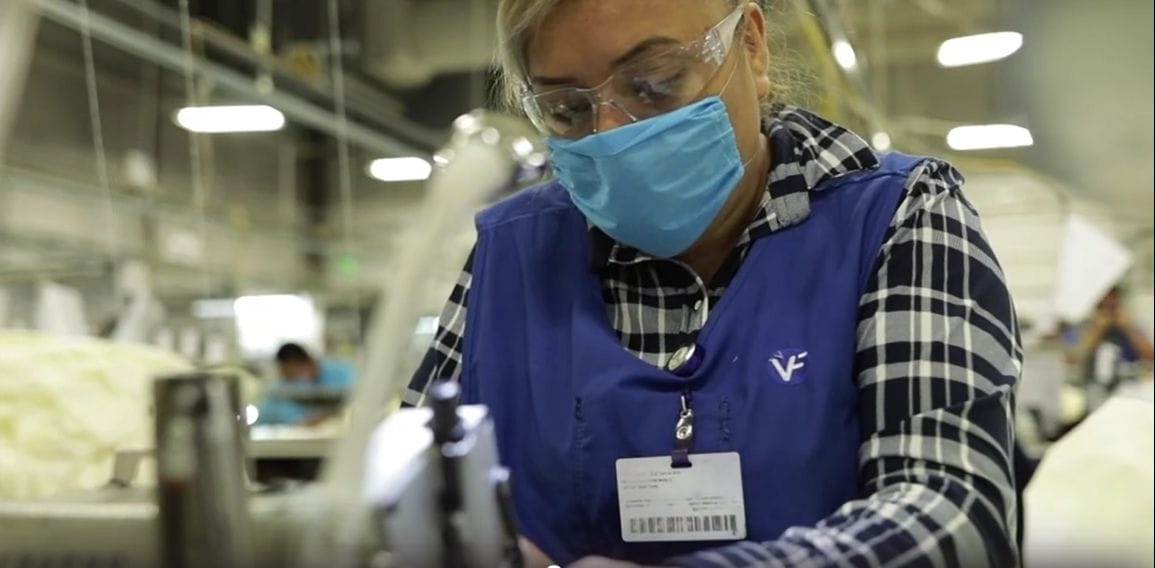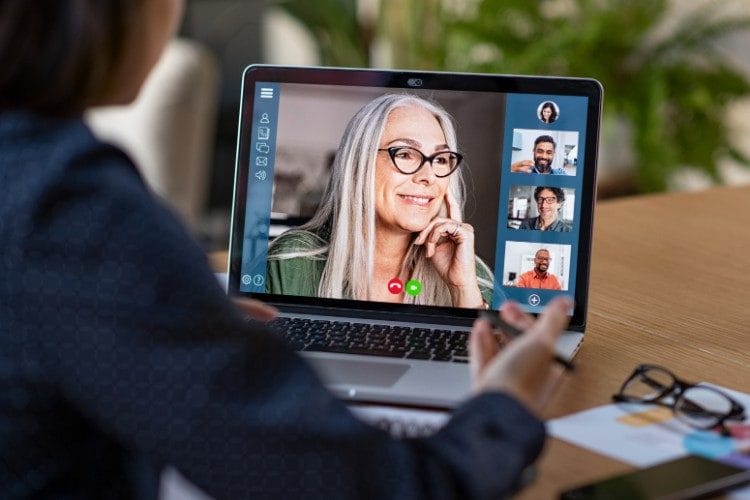Employers have been anxiously waiting for the EEOC to publish its guidance for employers on incentives offered to employees in exchange for getting vaccinated against COVID-19. Late last week, the EEOC finally released that guidance. The issue is whether the incentive renders the vaccine coerced and therefore non-voluntary, which would be unlawful under the ADA and GINA.
What did the EEOC say:
- An employer may offer an incentive to employees to voluntarily provide documentation or other confirmation that they received a vaccination on their own.
- An employer may offer an incentive to employees for voluntarily receiving a vaccination administered by the employer or its agent as long as the incentive is not so substantial as to be coercive, and as long as the employer does not acquire genetic information while administering the vaccines. The EEOC does not offer any guidance as to what “so substantial as to be coercive” means, but it’s safe to assume that the incentives employers are offering (a day or two of added PTO, payments or gift cards up to a couple hundred dollars) will not meet this standards and are safe. And when states are offering the vaccinated the chance to win a million dollars…
- An employer may not offer any incentives to an employee in exchange for a family member’s receipt of a vaccination from the employer or its agent, as such incentive would necessarily require the disclosure of the family medical history of the employee, which would violate GINA.
- An employer may offer vaccinations to an employee’s family members if those vaccines are voluntary, employees are not penalized if their family members are not vaccinated, and all medical information obtained from family members during the pre-vaccine screening process is only used for the purpose of providing the vaccination, is kept confidential, and is not provided to any managers, supervisors, or others who make employment decisions for the employees.
- Employers may (and I’ll add, should) provide employees and their family members with information to educate them about COVID-19 vaccines and raise awareness about the benefits of vaccination.







